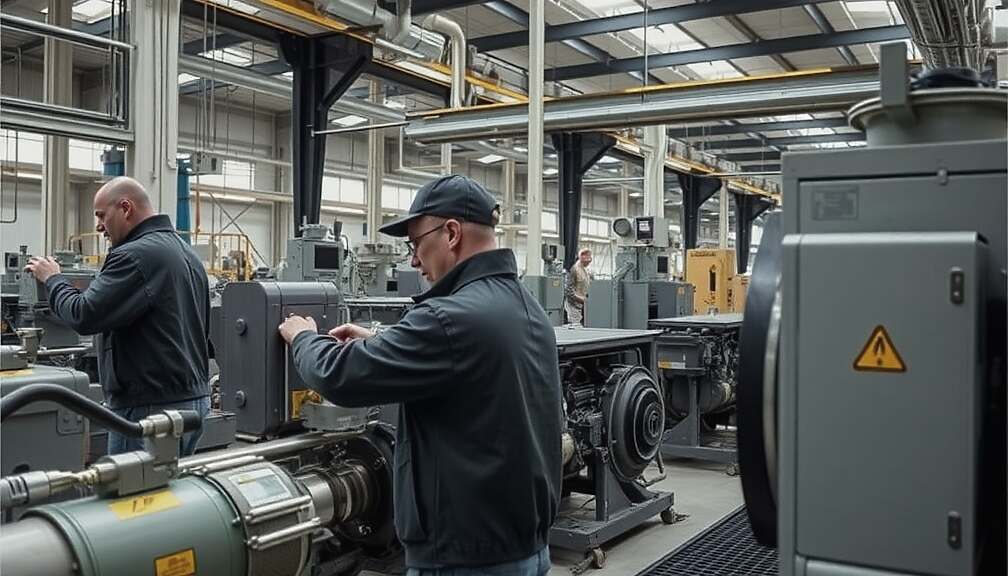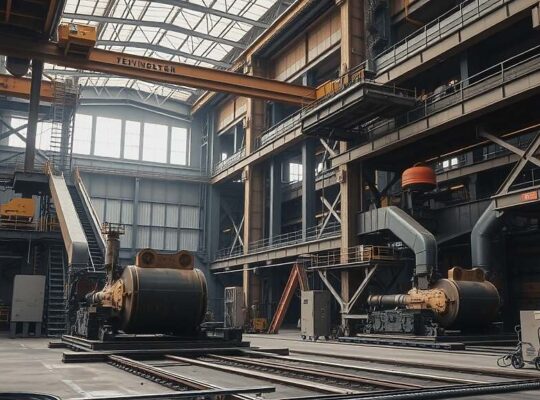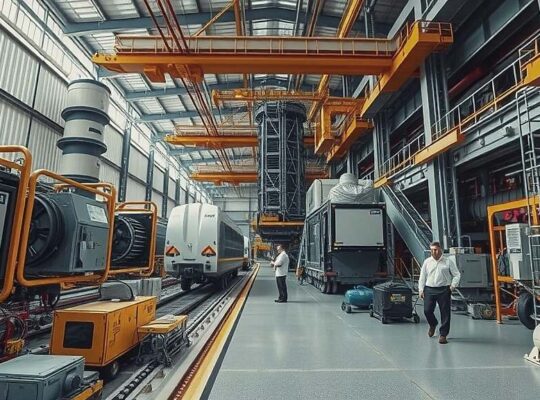German industrial orders exhibited a perplexing dichotomy in September 2025, according to preliminary data released by Destatis, the national statistics office. While overall new orders rose by a modest 1.1% compared to August, adjusted for seasonal and calendar variations, a deeper examination reveals underlying vulnerabilities within the German manufacturing sector, raising concerns about the sustainability of the recovery. The exclusion of substantial, one-off contracts paints a far less optimistic picture, with orders declining by 1.9% month-on-month.
The three-month comparison further underscores this fragility. Orders contracted by 3.0% in the third quarter of 2025 compared to the second and excluding large projects, the decline narrowed slightly to 1.5%. A subsequent revision of August’s initial figures revealed a steeper-than-previously-reported drop of 0.4% compared to July, a clear indication of intermittent instability.
The positive performance observed in September was largely attributable to growth within specific segments. The automotive industry (+3.2%) and the production of electrical equipment (+9.5%) provided notable impetus, alongside a 7.5% surge in orders for specialized transport vehicles, including aerospace, shipbuilding and military equipment. However, this relatively positive outlook was significantly dampened by a dramatic 19.0% collapse in orders for metal products, a consequence of prior month volatility stemming from large contracts fulfillment. Further contributing to the overall uneasiness, new orders in the metal manufacturing and processing sub-sectors also registered a substantial decline of 5.6%.
While orders for intermediate goods rose by 1.4% and consumer goods by a healthier 6.2%, investment goods orders remained stagnant, suggesting a lack of confidence amongst businesses regarding future capital expenditures.
Despite a seemingly encouraging 3.5% increase in foreign orders, a closer look reveals a divergence in performance. Orders from within the Eurozone grew at a slower pace of 2.1%, while those originating from outside the currency bloc climbed by an above-average 4.3%. In contrast, domestic orders contracted by a worrying 2.5%, signaling weakening demand within Germany’s core economy.
Adding to the complex picture, the real turnover in manufacturing declined by 2.1% in September compared to August and by 2.7% when compared to the same month in the previous year. This downward trend has continued, with a revised August figure indicating a 0.6% decline compared to July.
The data invites critical inquiry into Germany’s economic resilience. Is the reliance on specific sectors like automotive and electrical equipment a sustainable driver of growth, or is it masking deeper structural issues? The contraction in domestic orders raises concerns about consumer and business confidence, while the stagnation in investment goods indicates a cautious approach to future expansion. The disparity in performance across different export destinations could be indicative of shifting global trade dynamics, requiring Berlin to proactively reassess its trade strategies. Ultimately, the latest figures underscore the need for a far more granular and sustained effort to bolster the foundations of the German industrial base and navigate the evolving geopolitical landscape.












